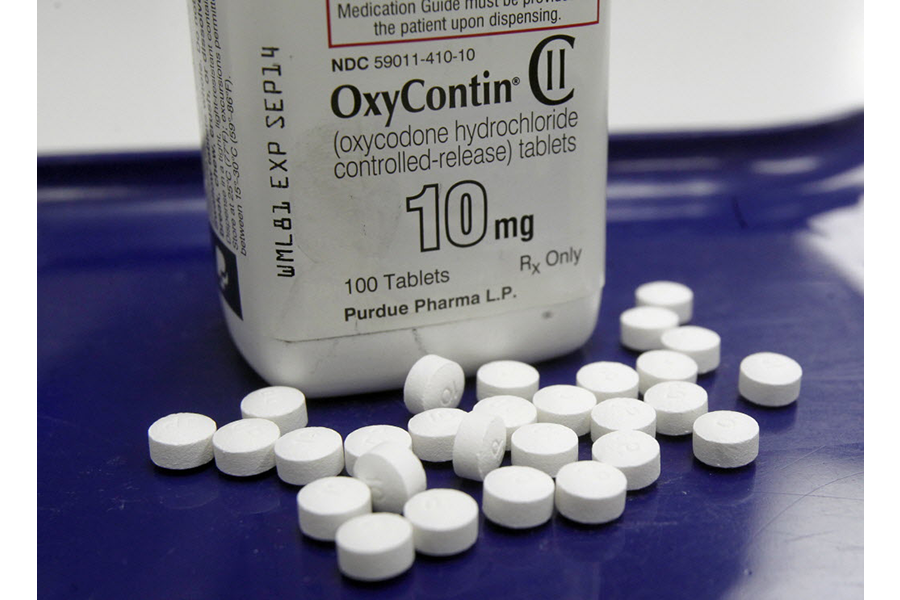Youth opioid use has declined somewhat. What's behind the drop?
Loading...
The rate of exposure to prescription opioids among children and teenagers in the United States dropped between 2009 and 2015, after a rapid increase in the early 2000s, a new study published on Monday shows.
By looking at reports from the National Poison Data System over a 16-year period, a team of researchers at the University of Michigan found evidence that the US opioid epidemic has also extended to young children, as poison control centers across the country recorded an average of 32 calls a day from families for exposure incidents – which meant that, over that time period, somewhere in the US such a call was being made once approximately every 45 minutes. The data also shows that exposure to the drugs increased 86 percent from 2000 through 2009, then decreased for all age groups from 2009 to 2015.
"It shows us the drug we know our grownups have been dealing with for awhile has trickled down to our children," study author Marcel Casavant, who is also the medical director at the Central Ohio Poison Center, told CNBC on Monday. The study was published in the March issue of the journal Pediatrics.
While suggesting that the increase in the first half of the study was likely driven by a growing number of opioid prescriptions in the country – prescriptions increased from 126 million in 2000 to 219 million in 2011, before declining to 207 million in 2013 – the researchers said it is still unclear why the decline in exposures started two years ahead of the decline in number of prescriptions. They suspect that increasing public awareness may be a factor, as was more conservative prescribing by doctors and monitoring provided by programs such as the PROTECT initiative by the Centers for Disease Control and Prevention (CDC).
“We are not quite sure” where to lay the credit, Dr. Casavant told The Washington Post on Monday. "It would be good to try to sort out, of all the things that we are trying, which ones are the most effective and how can we spend more time doing that?"
Among the 188,468 cases reported to the poison control centers over the 16 years, nearly 60 percent of the cases involved children under 5 years old, while teenagers accounted for 30 percent of them. Nearly all the exposures (96 percent) took place in a home.
Yet despite a relatively lower reporting rate, young people older than 6 years old seem to have a more severe opioid exposure problem, the researchers said. A previous study from the Yale School of Public Health in November found that the annual rate of opioid-related hospitalization has increased 165 percent from 1997 to 2012, The Christian Science Monitor reported. But the new findings show the frequency of children between 6 and 19 years old are admitted into health care facilities at more than twice the rate of children under 5 years old – 21.5 percent to 8.7 percent.
While the cases of fatal poisoning remain low for all age groups, at around 0.1 percent, 1 in 8 teenagers who are exposed to opioids experience what doctors call a "serious medical outcome."
The reasons behind their exposure, Casavant said, vary based on the child’s age. For young children, most of the digestion was unintentional, often occurring when a child finds a parent's prescription opioids at home. Among children ages 6 to 12, more than half of the accidents were due to therapeutic error, which includes taking the wrong medication or using an incorrect dose.
But for teenagers, 71.5 percent of poisoning cases were intentional, including recreational use and suicide attempts.
Considering that little work has been done on opioid poisoning among children, the researchers hope this study could lead to future policies.
“Children are frequently overlooked in efforts to prevent prescription opioid exposures; however, these exposures can be life-threatening,” the study said. “Greater efforts are needed to prevent opioid exposure to children of all ages.”








